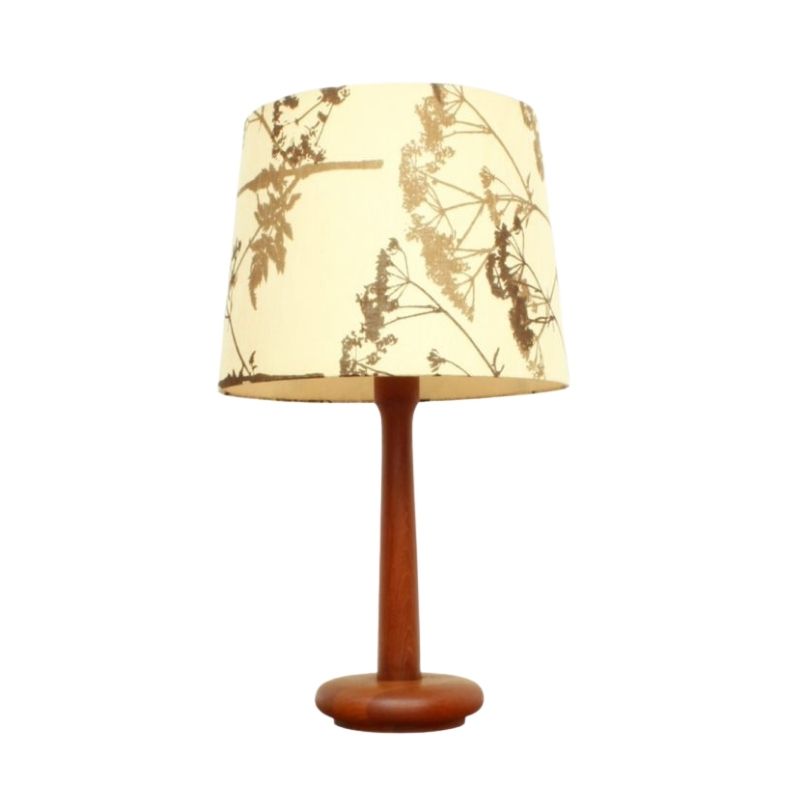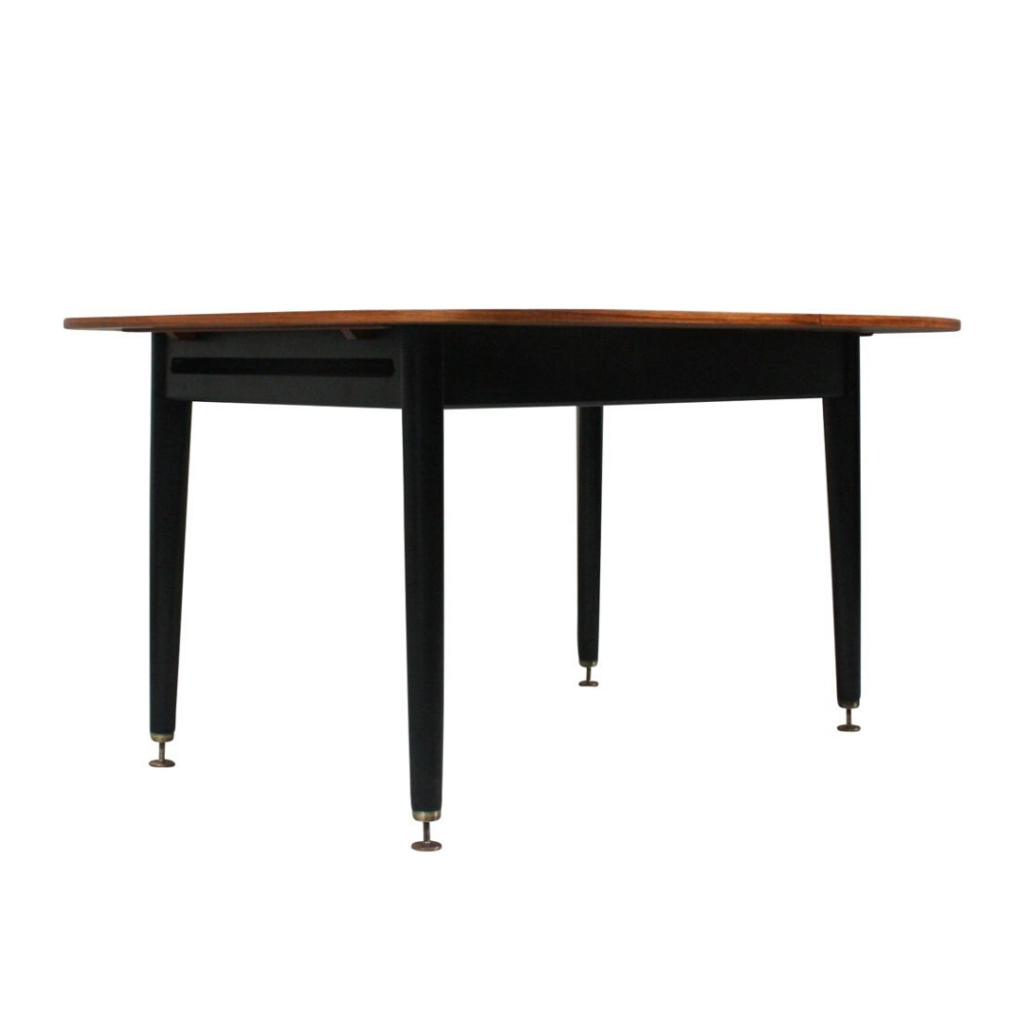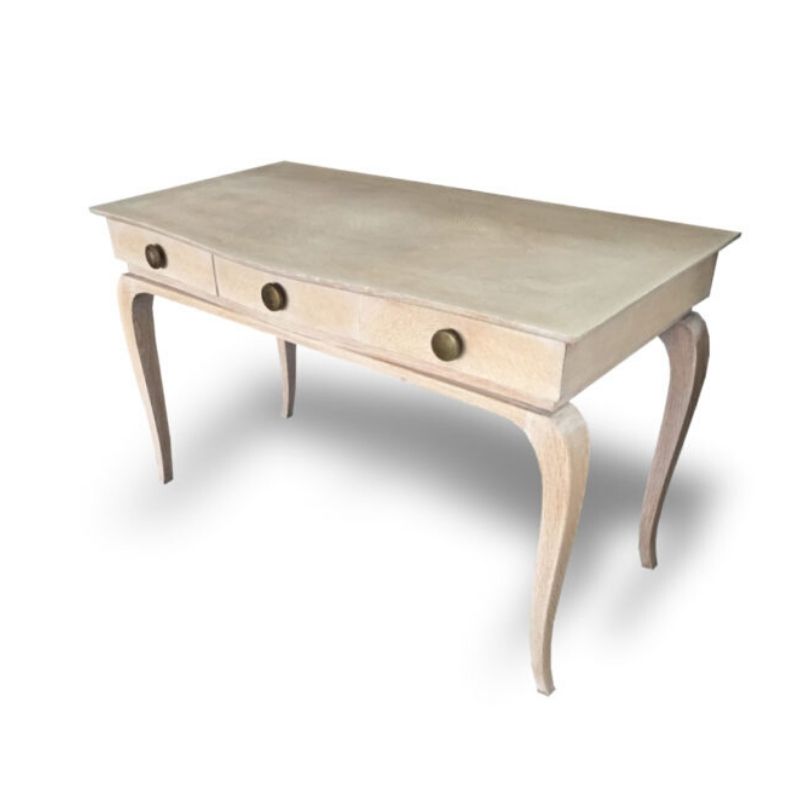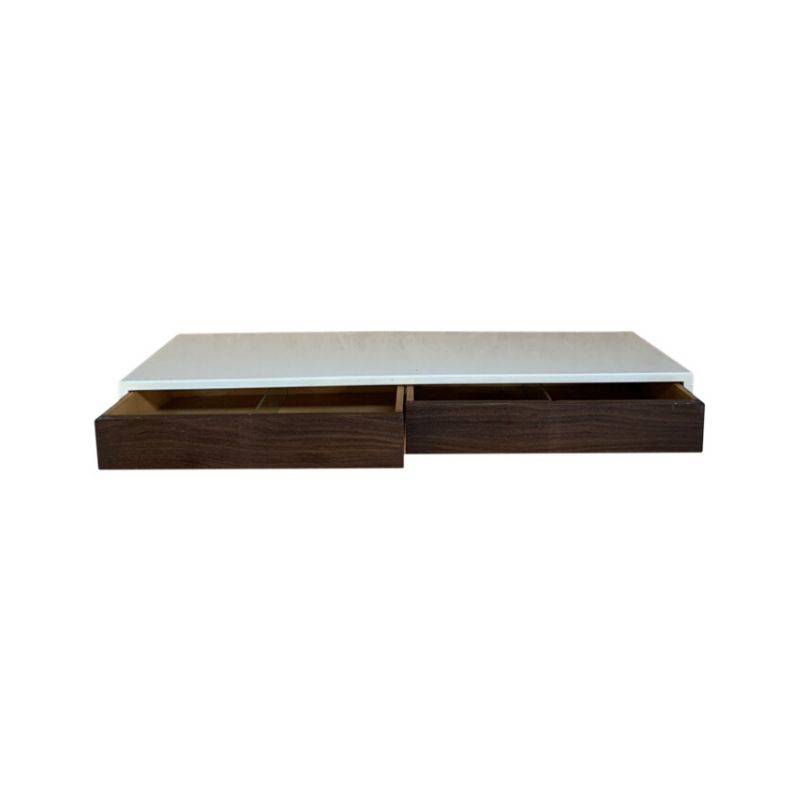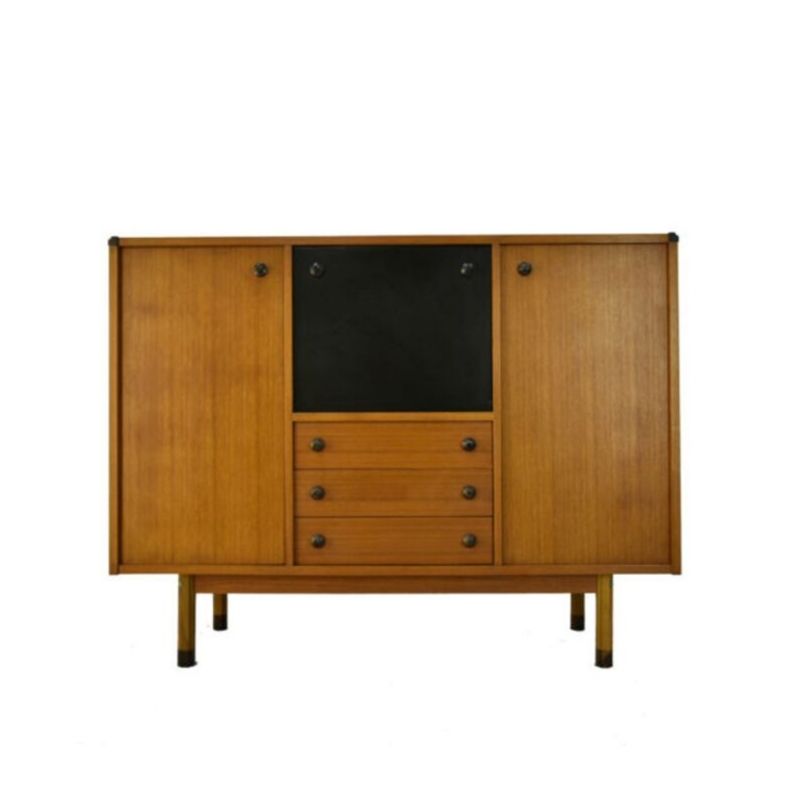Not entirely new, the 50th anniversary of the Panton.
I never tire of the old photos...
.
I've not been on the Emeco site for some time.
The process videos are quite good.
And the extreme testing...
http://www.emeco.net/article/content/emecocinema/processfilms/video.html
Let's take it one step further...
...and credit the very first one: Aagard Andersen. The text under the picture of the wonderful book about Poul Kjaerholm clearly refers to the influence of the earlier design of Aagard Andersen. He is one of these amazing figures in Danish design. Most of us know his freely foamed poly-urethane (chocolate) chair but he also did a prototype that was not as low as the shown PK. Apart from the top corners who were less rounded than Verner Panton's it is closer to Verner's chair. Many years ago, sitting with Verner in a restaurant/bar in Frankfurt in the company of another Danish designer, I asked him about the two earlier models and apart from being evasive about it, and saying that he could show sketches as far back as the mid fifties, but he acknowledged having seen both the Aagard Anderson and the Poul Kjaerholm version before making his. At the time it was not all that important. His version was still very difficult and expensive to make had been in and out of production and in the early eighties, most people had forgotten about it.
Some of Aagard Andersen's
other milestones
http://www.moma.org/collection/browse_results.php?criteria=O%3AAD%3AE%3A...
No, Gunnar (Aagard Andersen)...
...was not pleased. He commented one day on the Panton chair and said:"..my chair mock-up was flattened one day when a visitor tried to sit on it but I was flattened when I noticed that someone else claimed my design.." He did not even mention Verner Pantons's name.
By the way, I do not think I have ever seen the foam chair be called the chocolate chair. It's just in my chocolate deprived head that it looks like melting chocolate. I never thought of it as an attractive chair but at the time it was seen as an interesting exercise of pushing a new material to the limit of the "modernist" idea that the product's form has to be appropriate for both the material and the process.
If you need any help, please contact us at – info@designaddict.com



